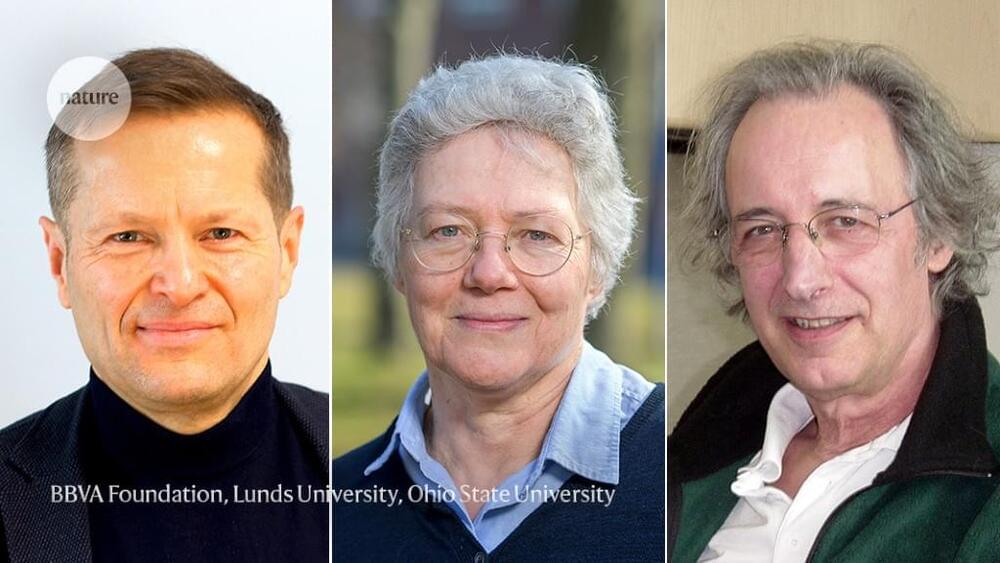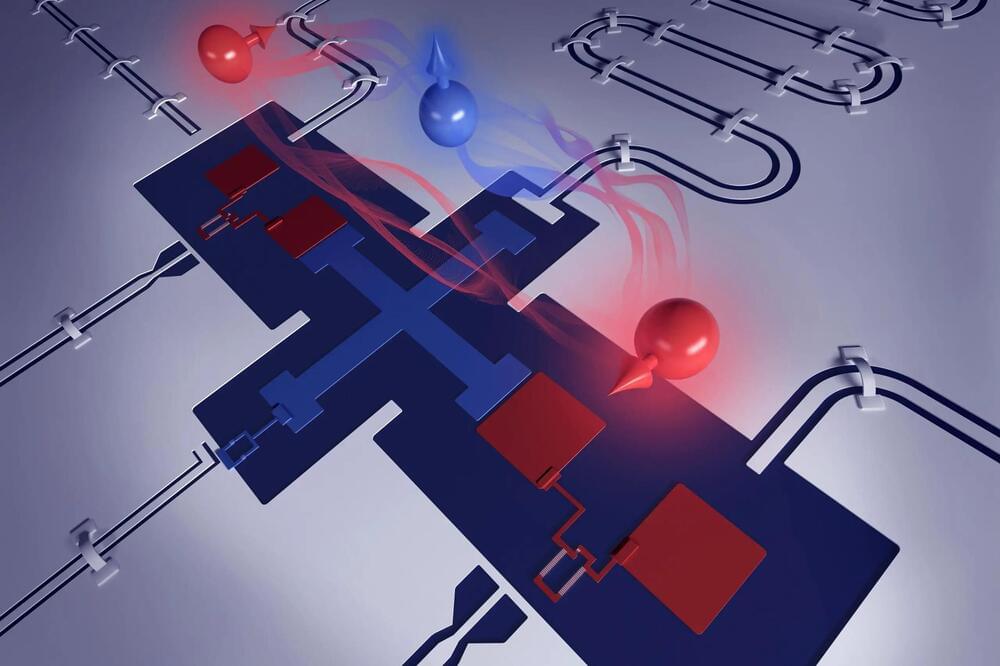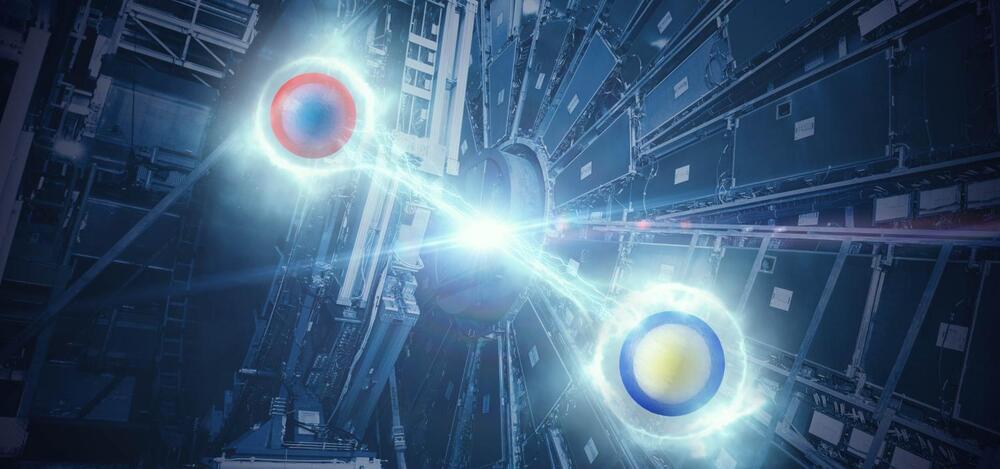This surreal scenario is what would actually happen if the traffic light was a single atom illuminated by a laser beam, as recently shown experimentally by researchers in Berlin. They looked at the light scattered by an atom and saw that photons—the tiniest particles of light—arrived at the detector one at a time. The scientists blocked the brightest color they saw, and suddenly pairs of photons of two slightly different colors started arriving at their detector simultaneously. They reported their findings in Nature Photonics in July.
The reason for this counterintuitive effect is that single atoms are skilled little multitaskers. Through different underlying processes, they can scatter a variety of colors at the same time like a dangerous traffic light that shines all three colors at once. Yet because of quantum interference between these processes, an observer only sees one of the metaphorical traffic light’s colors at a time, preserving peace on the road.
This experiment also paves the way for novel quantum information applications. When the brightest color is blocked, the photons that pop up simultaneously are entangled with each other, behaving in sync even when they are separated over large distances. This provides a new tool for quantum communication and information processing in which entangled photon pairs can serve as distributed keys in quantum cryptography or store information in a quantum memory device.









